
|
|
|
|
|
|
Classic Bikes
Custom Bikes
Individual
Racing Bikes AJP
AJS
Aprilia
Ariel
Avinton / Wakan
Bajaj
Benelli
Beta
Bimota
BMW
Brough Superior
BRP Cam-Am
BSA
Buell / EBR
Bultaco
Cagiva
Campagna
CCM
CF Moto
Combat Motors
Derbi
Deus
Ducati
Excelsior
GASGAS
Ghezzi Brian
Gilera
GIMA
Harley Davidson
Hero
Highland
Honda
Horex
Husaberg
Husqvarna
Hyosung
Indian
Jawa
Kawasaki
KTM
KYMCO
Laverda
Lazareth
Magni
Maico
Mash
Matchless
Mondial
Moto Guzzi
Moto Morini
MV Agusta
MZ / MuZ
NCR
Norton
NSU
Paton
Peugeot
Piaggio
Revival Cycles
Roland Sands
Royal Enfield
Sachs
Sherco
Sunbeam
Suzuki
SWM
SYM
Triumph
TVS
Ural
Velocette
Vespa
Victory
Vincent
VOR
Voxan
Vyrus
Walt Siegl
Walz
Wrenchmonkees
Wunderlich
XTR / Radical
Yamaha
Zero
Video
Technical
Complete Manufacturer List
|
Honda ATC 250R Three-Wheeler |
| . |
The Honda ATC 250R is remembered today as one of the leading lights of the three-wheeled craze that swept the motorcycle world in the 1970s and 1980s.
Ultimately these three-wheelers would be replaced with quad bikes due to
safety concerns, many amateur riders were injured and some where killed when
they flipped their three-wheelers, this was particularly common on sand dunes
and other hilly terrain.
The Honda ATC 250R Specifications and Model History
The Honda ATC 250R was first introduced in 1981 with an air-cooled, two stroke, single-cylinder engine and one intention – to dominate three-wheeler racing.
All Honda three-wheelers had been four strokes prior to this, the 248cc two-stroke that was used in the ATC 250R was far more suitable for racing, Honda coupled it with front and rear suspension (which unusual on a three-wheeler at the time), and a chassis designed for racing.
The first generation ATC 250R was the fastest three-wheeler in its class by a significant margin, it recorded a slew of race wins and established itself as the trike to beat in top flight competition. Honda invested heavily in the model and its development, every couple of years brought significant upgrades to keep it ahead of its competitors and establish Honda as the de facto choice for aspiring racers.
The single cylinder two stroke motor had a balancer shaft to cut vibrations at higher RPMs, a 5-speed transmission, and what was essentially a live axle rear bolted to a swing arm with a fully adjustable monoshock.
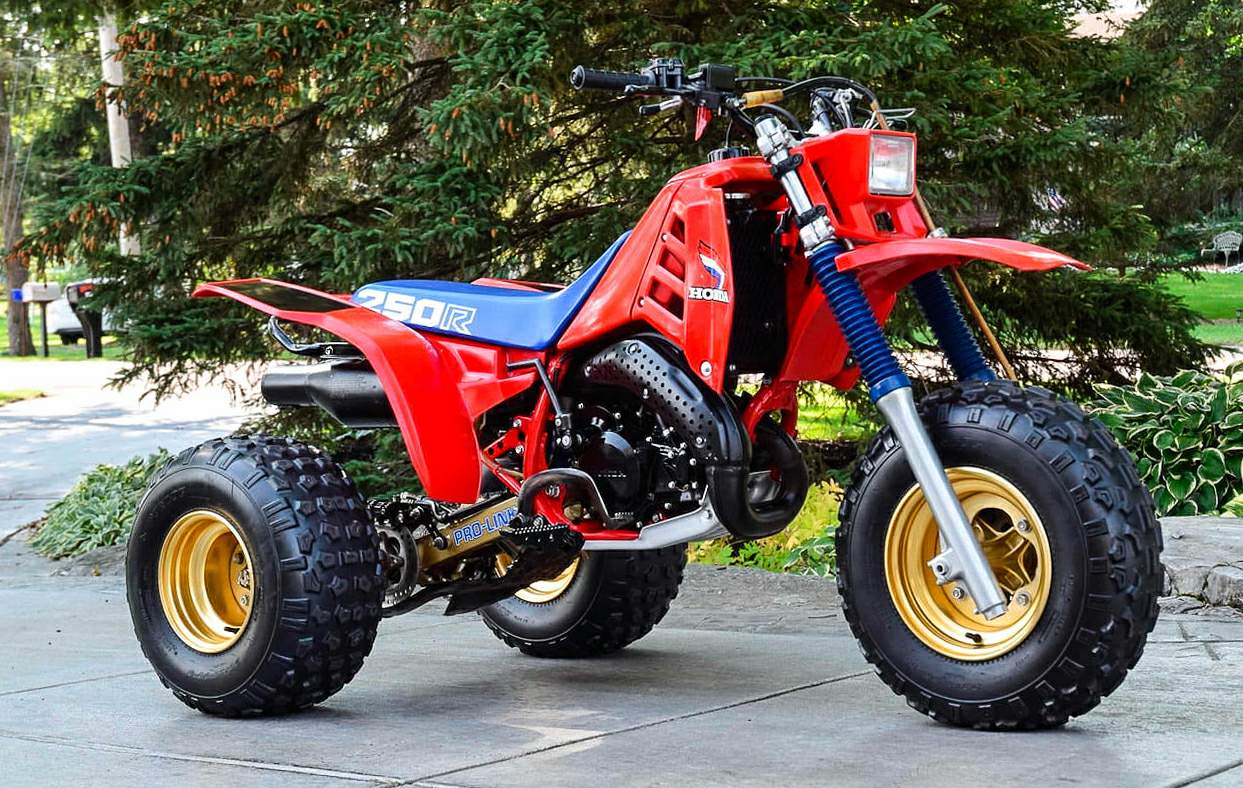
The first model in 1981 had a front four-pot disc brake and a rear drum, 1982 saw the rear drum replaced with a disc. Both the 1981 and 1982 models were fitted with front and rear suspension offering travel of 6.7 inches and 4.3 inches respectively.
The next generation landed in 1983 and sold through 1984, it included improved suspension and brakes, now fitted with Honda Pro-Link suspension offering 8.7 inches front travel and 8.1 inches in the rear, with disc brakes front and rear as standard.
It would be the 1985/1986 models that are now remembered as the fastest and most extreme examples of the Honda ATC 250R. Front and rear suspension travel was now 9.8 inches and it utilised the same Pro-Link technology from the previous generation. Honda redesigned the frame for added strength and rigidity and perhaps most importantly they added a new, higher-performance liquid-cooled motor.
This new power unit was a two stroke with notably increased power from the same capacity, a 6-speed transmission was also added meaning the top speed of the final iteration of the ATC 250R was a hair-raising 70+mph.
By the mid-1980s the writing was on the wall for three-wheelers. There were thousands of lawsuits proceeding through the courts in countries around the world challenging the manufacturers on the basis that these bikes were inherently dangerous. For skilled riders this wasn’t a significant issue of course, but the problem was that most three-wheelers were being bought by weekend cowboys with no training or experience.
Production of the ATC 250R ceased at the end of 1986, though rumours abound that there was a 1987 model developed and a small number was sent to dealers. Honda instructed that these bikes have their engines removed and the frames be cut in half before disposal.
Source Silodrome

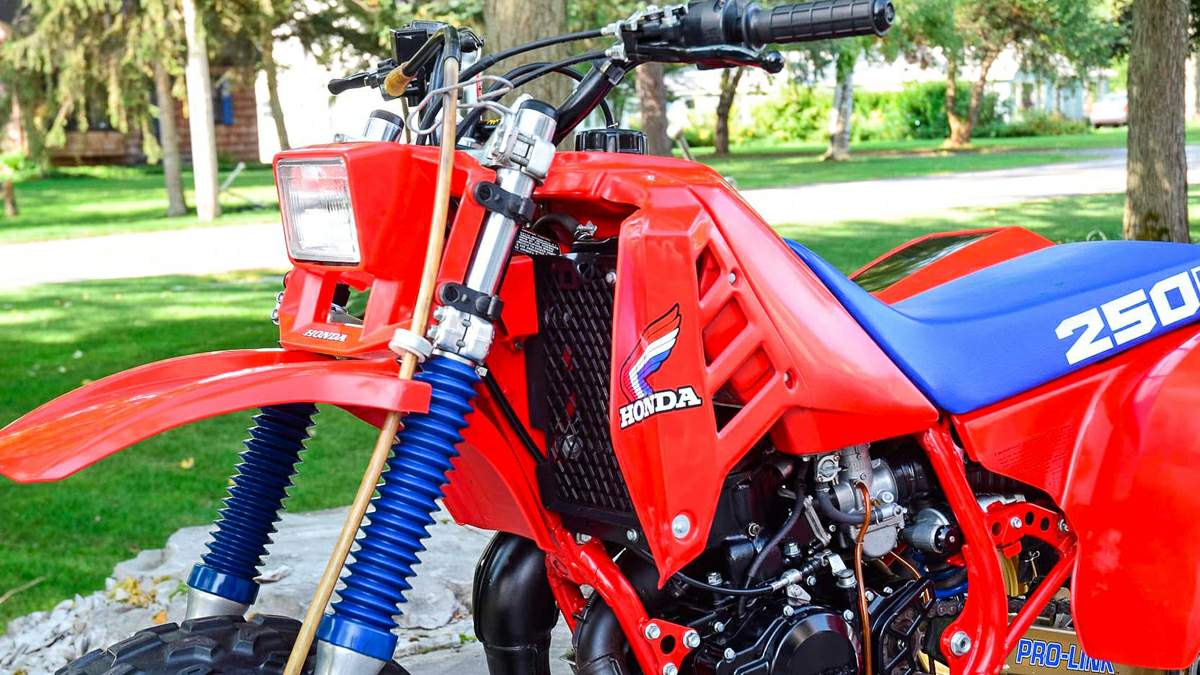
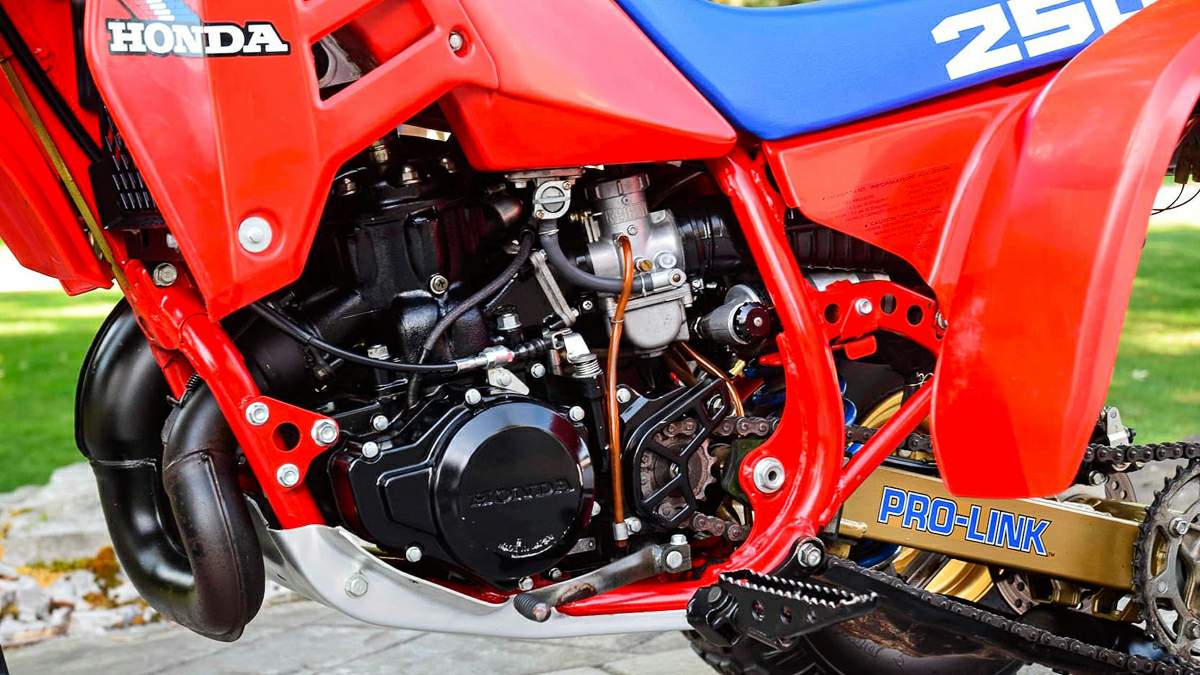

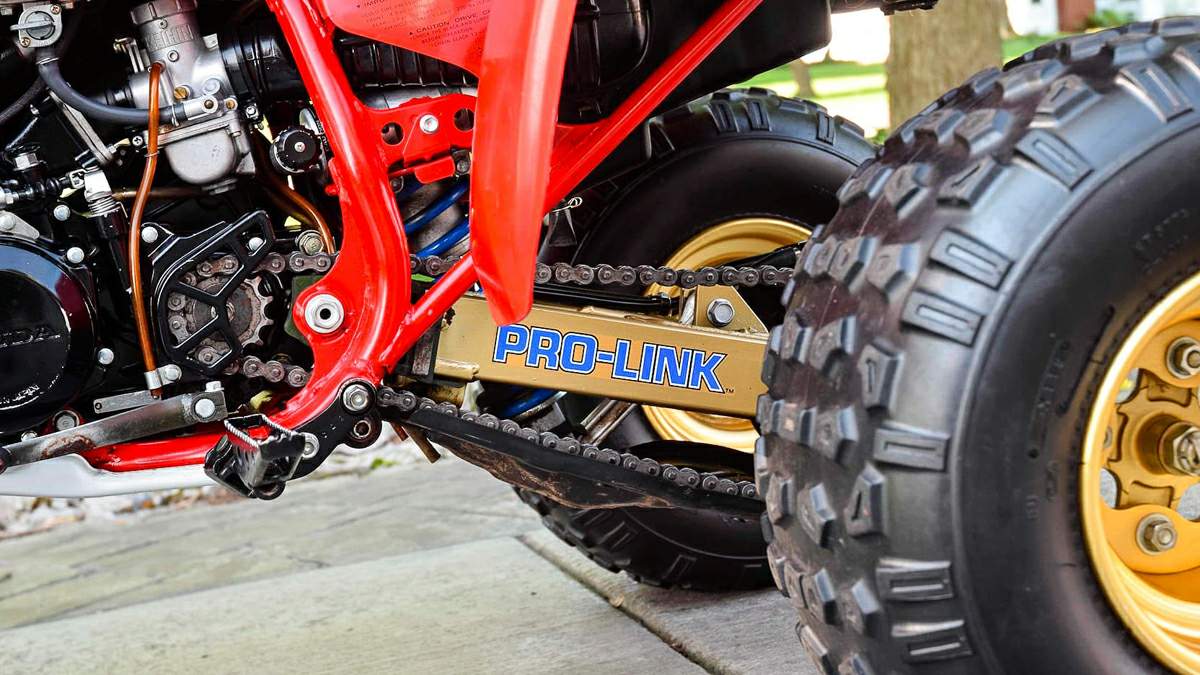
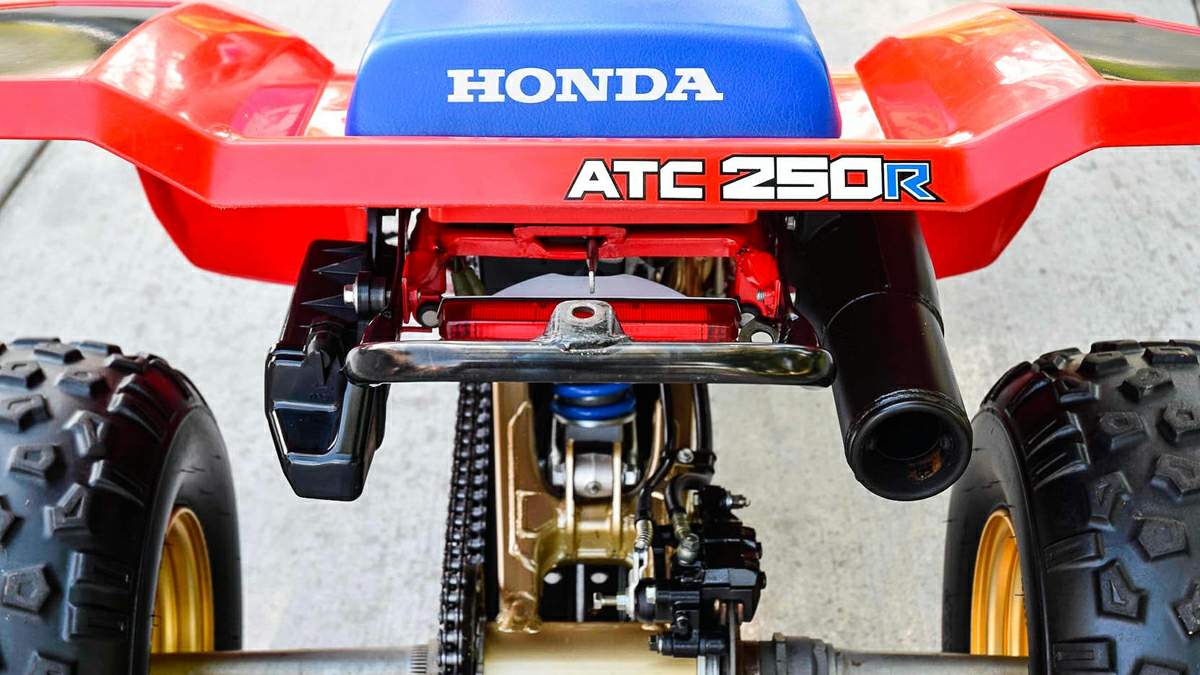
|
Any corrections or more information on these motorcycles will be kindly appreciated. |